Table of Contents
Organic Weed Control Methods
What do you have to do to get rid of the weeds in the garden? What are the organic weed control methods? Weeds do not only disrupt the image of the garden, the face of only damage of weeds that disrupt the aesthetic direction of only weeds.
These unwanted plants also attract water and nutrients from the soil, causing weakening and dying of horticultural and cultivated plants.
These weeds, which you can deal with various applications, are literally like useless relatives settling in your homes. They do not smell good, do not give nutrients, do not contribute to garden decoration.
The most common of these wild plants, which are also troublesome in the grass fields, are two-year or perennial plants, such as split grass, tangle, nerve weed, shepherd’s purse, and field ivy. Because these plants are famous for their rapid development and spread, they are very boring for producers.
Garden builders for hobby, gardeners want to get rid of the most products are wild herbs in the garden. These herbs that grow and very rapidly adversely affect the production and growth of a product that is intended to be grown.
These wild herbs have deep roots in the soil by taking into account many useful substances that lower yield of plant wanted to be grown.
The most effective way to get rid of these herbs is to remove from their roots and dry them. Although this method is effective, it is laborious and requires time.
Growers resort to chemicals when they do not have time, and with chemicals used, they to be grown damage both plant and soil. There are also methods to get rid of non-herbicides that can be used instead. Here are some of weed control methods;
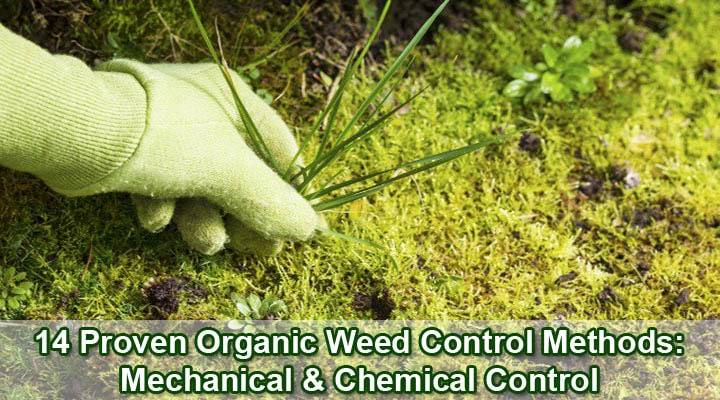
1. Protective Measures
The first thing to consider before starting to make a garden landscape is whether or not there are wild plant species in the field to be planted on the lawn. Before you start cultivation, you should cultivate grass by processing soil several times, and then destroy them.
Thanks to this application, you can greatly reduce weed reserves that are always dormant in the soil. You have to design drainage of land in a straight line, fill pits by correcting hills. Thus, by preventing possible puddles, you will prevent the development of weeds that love wetlands.
Make sure that soil of good quality you will use in your garden. Poor soil is free from seeds of wild plants. Make sure that you will be certified you use seeds.
There are no wild seeds in such seed packages. If you are going to use animal manure, choose well-burned ones that are derived from small animals. Those obtained from bovine animals contain mostly wild seeds; although fertilizer has not been burned well, the weed seeds may still be alive.
2. Intervention With Vinegar
The germ-breaker and dryer feature of vinegar is known by everyone. This feature is also used for weeds. It is applied by spraying the leaves of the unwanted plant. However, soil and plants grown with contact should be avoided.
3. Salting
Intervention with salt is a method used in weed drying for many years. It is possible to remove the water-salt mixture by applying to leaves of undesirable herbs for 8/1 or 3/1 for a harder mixture. However, this process must be repeated several times to completely dry weeds.
The important point in salt application is that saltwater is applied only to leaves of weeds. If mixed into soil, it causes damage to other plants fed from the soil.
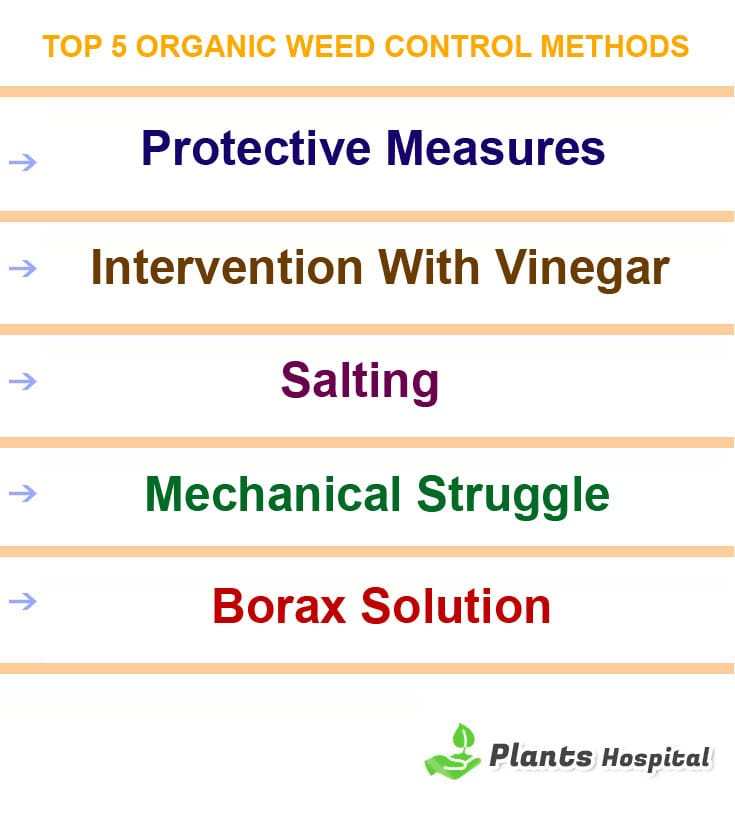
4. Mechanical Struggle
Physical methods of combating weed have been practiced since the earliest times. These methods, which can produce very effective results, are ideal for those who want to process small-scale soil particles, even though they are not exactly definitive solutions.
Here physical of weed control methods:
✔ Tillage: During tillage, newly emerging or developing weeds die, but for plants with deep roots, the soil must be turned upside down; therefore, it is not an application that provides a definite solution.
✔ Hoeing: It is one of the most useful methods of physical applications, but it is quite tedious and time-consuming. Doesn’t that fit the conditions today?
✔ Mulching: To prevent the weeds from being fed from the sun with opaque materials, mulching is called.
For example, black mulching in strawberry cultivation both increases the soil temperature and increases the rate of development of strawberries and destroys wild plants.
✔ Release Under Water: Method used in paddy fields; trying to drown them by leaving wild plants underwater.
✔ Burning: Although it is used especially in rural areas in our country, the burning process is not recommended by experts because of distorts ecological balance.
Editor’s Pick:
5. Biological Struggle
The method of using insects and plants that are harmful to wild plants that you want to reduce the population, not to destroy, is a useful way for plant lovers who want to use it as a weapon to nature.
For example, you can use vinegar to fight the weed. The acetic acid in the vinegar will dry the roots of weeds, but remember: this is true for all plants, so you should never touch your lawn or flowers.
6. Borax Solution
Borax, one of the raw materials of clothes detergents, is also used to combat unwanted herbs. For this, about 40 grams of borax 10 liter of water prepared so that mixture is applied by spraying leaves of weeds. It is necessary to avoid contact of the mixture with the soil and other plants.,
Editor’s Pick:
7. Chemical Struggle
Yeah, we’re here now to the benefit of technology. As our knowledge of chemistry increases, we produce more effective methods in the fight against weeds. If you are looking for a definitive solution in the fight against weeds, herbicides you’re looking for a recipe.
Herbicides are chemical drugs intended to target only plants. Herbicides are divided into two: total herbicides and selective herbicides.
✔ Total Herbicides: Total herbicides are chemical mixtures of plants called neutron bombs. It does not leave any plant alive in the area where it is applied, usage rights are limited. They are mainly used for industrial areas (airport, railway station construction, etc.).
✔ Selective Herbicides: Specific chemical mixtures that target specific plants. Herbicides are applied in three ways: before planting culture plants, before weeds come out of the soil after weeds come out of the soil. Herbicides can also be used by mixing to increase their effects, but you must have professional knowledge.

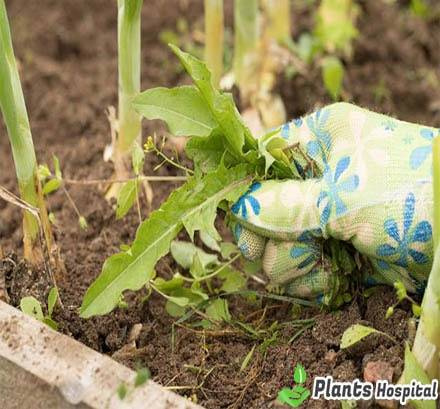
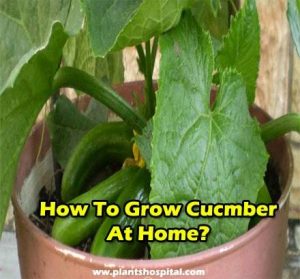
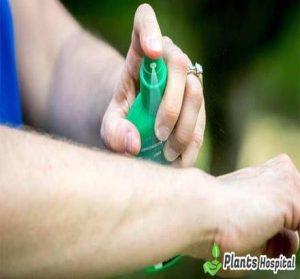
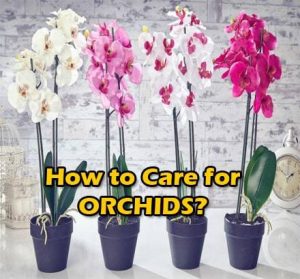

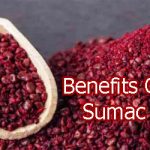

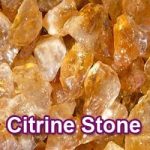
Baking soda will raise the ph of the soil to about 10-11 (very high) where nothing can stand it. Works on the very hardy weeds like burdock and some vining weeds. I am an organic farmer 18 years.
I was not aware that you can reduce weed reserves by cultivating grass a few times. My husband and I are starting with this new hobby and looking for advice. I will show him this article to help him cultivate a beautiful garden.